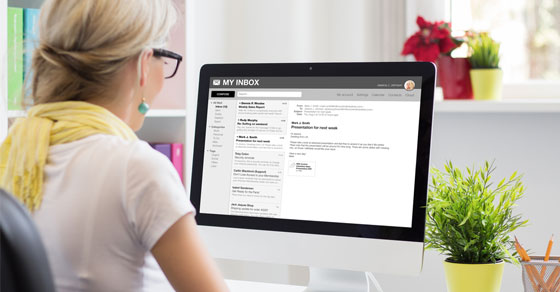At most companies, the accounts payable (AP) department handles an enormous volume of transactions. So, the AP ledger may be prone to errors or used to bury fraudulent journal entries. How do auditors get a handle on AP? They use four key procedures to evaluate whether this account is free from “material misstatement” and compliant with U.S. Generally Accepted Accounting Principles (GAAP).
1. Examination of SOPs
Standard operating procedures (SOPs) are critical to a properly functioning AP department. However, some companies haven’t written formal SOPs — and others don’t always follow the SOPs they’ve created.
If SOPs exist, the audit team reviews them in detail. They also test a sample of transactions to determine whether payables personnel follow them.
If the AP department hasn’t created SOPs — or if existing SOPs don’t reflect what’s happening in the department — the audit team will temporarily stop fieldwork. Auditors will resume testing once the AP department has issued formal SOPs or updated them as needed.
2. Analysis of paper trails
Auditors use the term “vouching” to refer to the process of tracking a transaction from inception to completion. Analyzing this paper trail requires auditors to review original source documents, such as:
• Purchase orders,
• Vendor invoices,
• Journal entries for AP and inventory, and
• Bank records.
The audit team may select transactions randomly, as well as based on a transaction’s magnitude or frequency. They’ll also ascertain whether the company has complied with invoice terms and received the appropriate discounts.
3. Confirmations
Auditors may send forms to the company’s vendors asking them to “confirm” the balance owed. Confirmations can either:
• Include the amount due based on the company’s accounting records, or
• Leave the balance blank and ask the vendor to complete it.
If the amount confirmed by the vendor doesn’t match the amount recorded in the AP ledger, the audit team will note the exception and inquire about the reason. Unresolved discrepancies may require additional testing procedures and could even be cause for a qualified or adverse audit opinion, depending on the size and nature of the discrepancy.
4. Verification of financial statements
Auditors compare the amounts recorded in the company financial statements to the records maintained by the AP department. This includes reviewing the month-end close process to ensure that items are posted in the correct accounting period (the period in which expenses are incurred).
Auditors also review the process for identifying and recording related-party transactions. And they search for vendor invoices paid with cash and unrecorded liabilities involving goods or services received but yet not processed for payment.
Get it right
These four procedures may be conducted as part of a routine financial statement audit — or you may decide to hire an auditor to specifically target the AP department. Either way, your payables personnel can help streamline fieldwork by having the formal SOPs in place and source documents ready when the audit team arrives. Contact us for more information about what to expect during the coming audit season.
© 2018






